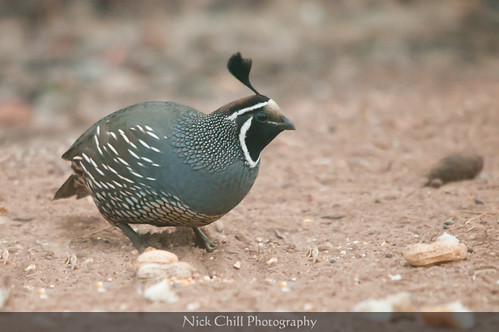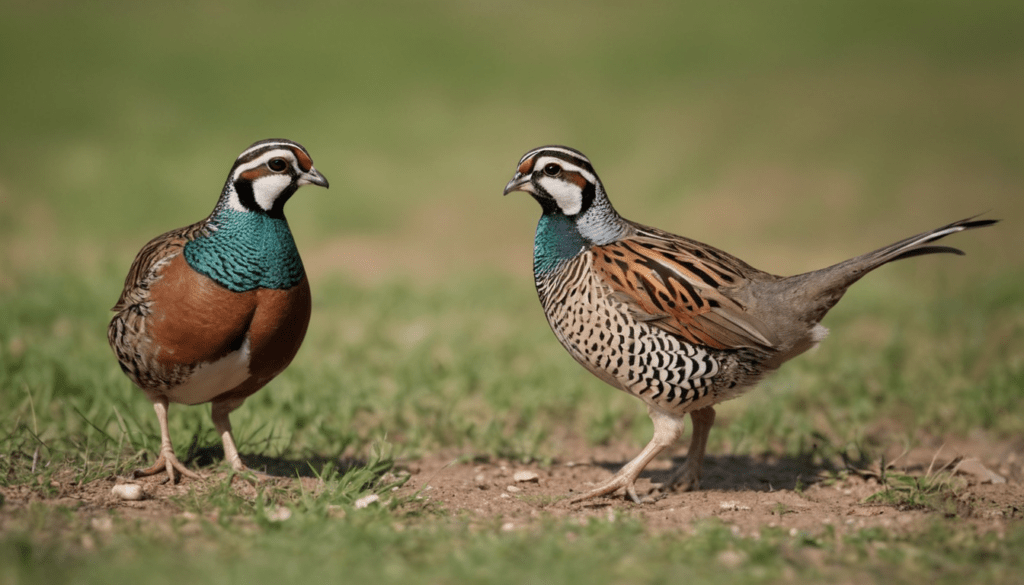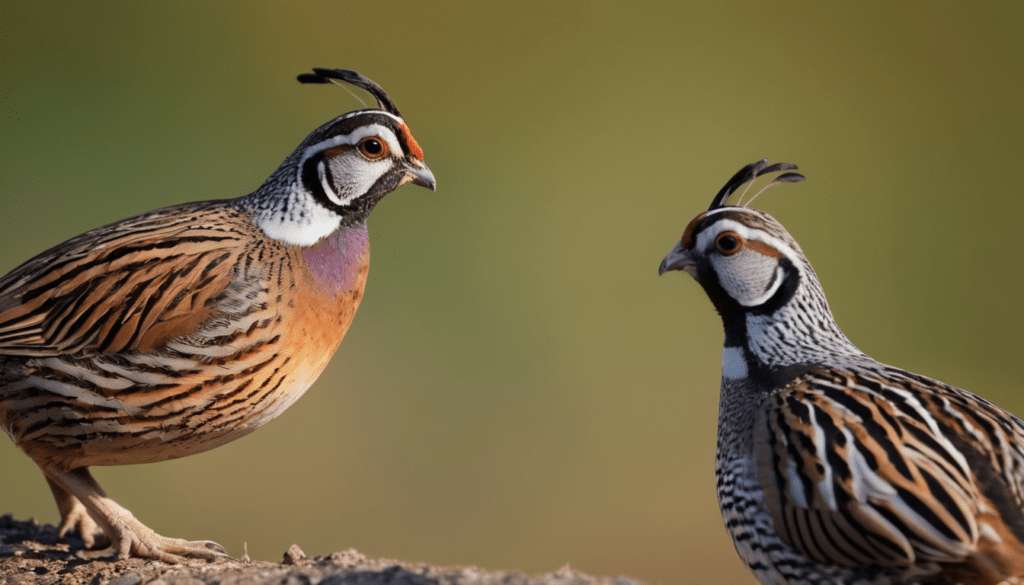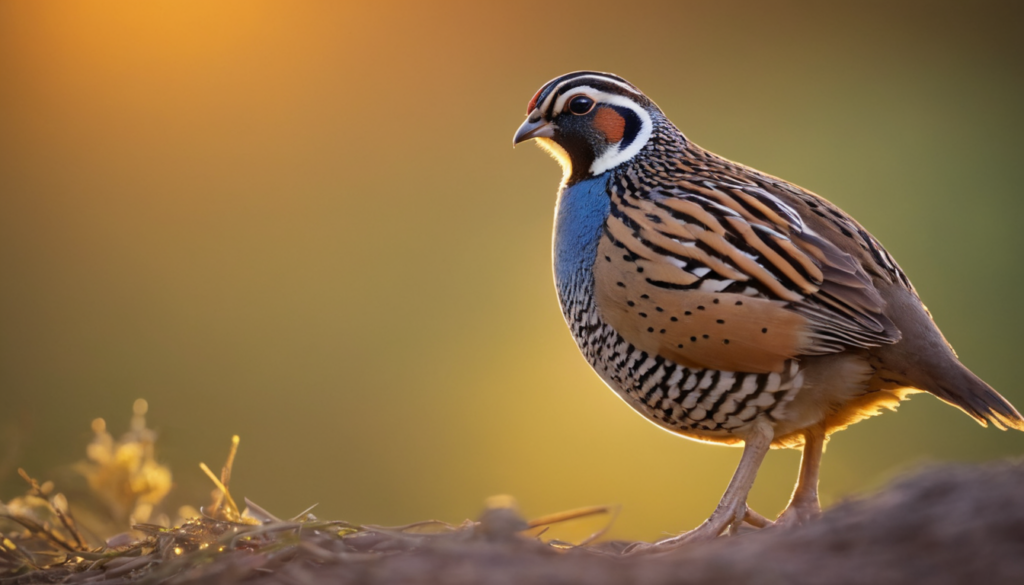18 Interesting Facts About Quail

Quail are delightful little game birds that have captivated people for centuries with their unique appearance, behaviors, and adaptations. Though small, quail exhibit tremendous diversity across the more than 130 species around the world. From their speckled feathers to their wet-my-lips call, quail showcases a host of fascinating traits.
In this article, we will explore 18 interesting facts about these plump ground birds that make them truly remarkable. By the end, you will have a deeper appreciation for these birds and their ability to thrive in various habitats worldwide.
Introduction

Quail belongs to the biological family Phasianidae, which includes pheasants, partridges, and peafowl. Most quail species fall under one of two groups – Old World quail native to Europe, Africa, and Asia, or New World quail from North America.
Despite their differences, all quail share some common physical features like a rounded body, short tail, and legs suited for terrestrial living. Their size ranges from 4.5 to 12 inches tall and 2 to 8 ounces in weight depending on the species.
From grasslands to deserts, quail have adapted to make diverse habitats their home. They play important roles in ecosystems as prey species and seed dispersers. Beyond the wild, quail are also popular game birds and domesticated for meat and egg production.
Now let’s uncover 18 captivating facts about these ground birds!
Interesting Facts About Quail

1. Quail Have Distinctive Plumage
Quail showcase intricate patterns and colors in their plumage, featuring spots, scales, stripes, and other markings. Their feathers help camouflage them on the ground. Some quail also have a teardrop-shaped topknot on their heads.
2. They Have Unique Vocalizations
From the “bob-white!” whistle of Northern Bobwhite to the “wet-my-lips” call of Gambel’s Quail, quail vocalizations are very distinct. Males use special calls to attract mates and defend territories.
3. Quail Form Large Coveys in Winter
In winter, quail gather in flocks called coveys for warmth and protection. Coveys range from 10 to 200 birds depending on the species. They roost and forage together until spring.
4. They Bathe in Dust for Grooming

Quail take dust baths by rolling in dirt or dust to clean their feathers and deter parasites. The dust absorbs excess oils and dirt from their plumage.
5. Quail Are Fast Runners
Despite having short legs, quail can run up to 20 miles per hour over short distances. This helps them escape predators and forage efficiently.
6. They Have High Reproductive Rates
Quail lay large clutches of 6 to 18 eggs. Some species can produce multiple broods per mating season. This helps offset losses from their many predators.
7. Quail Chicks Are Precocial
Quail chicks hatch already covered in down and able to move around. This precocial nature allows the chicks to exit the nest and follow their mother shortly after hatching.
8. Some Species Migrate Long Distances
While some quail stay in the same region year-round, other species migrate hundreds or thousands of miles between their breeding and wintering grounds.
9. Quail Have Been Kept as Poultry for Centuries

The earliest poultry keepers raised quail for meat and eggs. Today, captive breeding produces tame quail, like the popular Coturnix species.
10. They Are Important Game Birds
Valued for their meat, quail like Northern Bobwhite are popular game birds for hunting. Careful regulations help conserve wild populations.
11. Quail Have Inspired Arts and Culture
Images of quail appear frequently in ancient Egyptian hieroglyphs, Greek pottery, and Native American folklore. Their unique nature has captivated humans across cultures.
12. They Play Key Ecological Roles
As prey for many predators, quail provide an important food source in their ecosystems. They also disperse seeds from the many plants they consume.
13. Quail Were Once Used to Fight Competitively

In ancient Greece and Rome, male quail were made to fight each other while spectators bet on the matches, similar to cockfighting. This cruel practice eventually declined.
14. Quail Can Fly Upwards of up to 40 mph
When flushed, most quail take off in explosive bursts of flight. Their airspeed can reach 40 mph, enabling rapid escapes from predators.
15. Some Species Have Declined Significantly
Habitat loss has caused population declines in many quail species, including Northern Bobwhite across eastern North America. Several quail are now near threatened or endangered.
16. Quail Inspired Charles Darwin’s Theory

Darwin studied the unique characteristics of quail breeds as he developed his theory of evolution by natural selection. Domestic quail helped demonstrate selective breeding.
17. Quail Have Featured in Literature and Media
From Aesop’s fables to Bugs Bunny cartoons, quail has made appearances across classic literature, children’s stories, and pop culture through the ages.
18. Quail Continue to Captivate Bird Lovers
For both experts and casual observers, quail remains fascinating birds to study and admire. As quail adapt and thrives, they will keep intriguing people with their lively antics and resilient nature.

Conclusion
Quail offers no shortage of interesting behaviors, adaptations, and traits that make them truly captivating birds. Their plump bodies and speckled plumage conceal amazing speeds, calls, and life histories. Whether raising quail or observing them in the wild, these birds continue to fascinate.
The next time you spot a covey scurrying through grass or hear a bobwhite call, take a moment to appreciate the quail. From deserts to farmlands, these remarkable birds persist worldwide thanks to their unique qualities and resilience. Our explorations have only scratched the surface of what makes quail so special.





